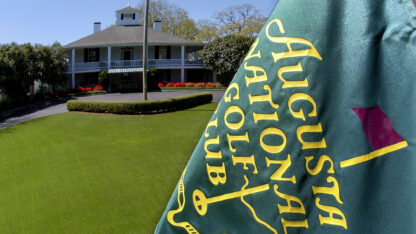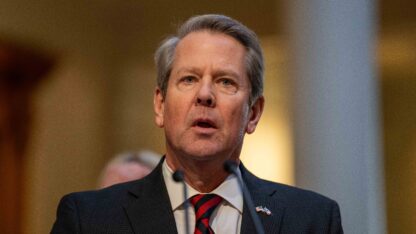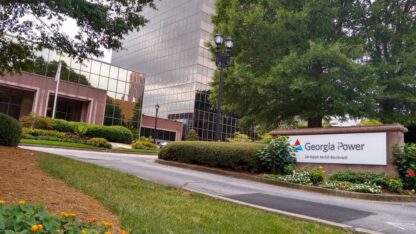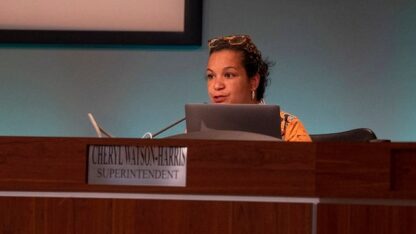An Atlanta Renaissance? ARTlanta Founder Sees The Potential
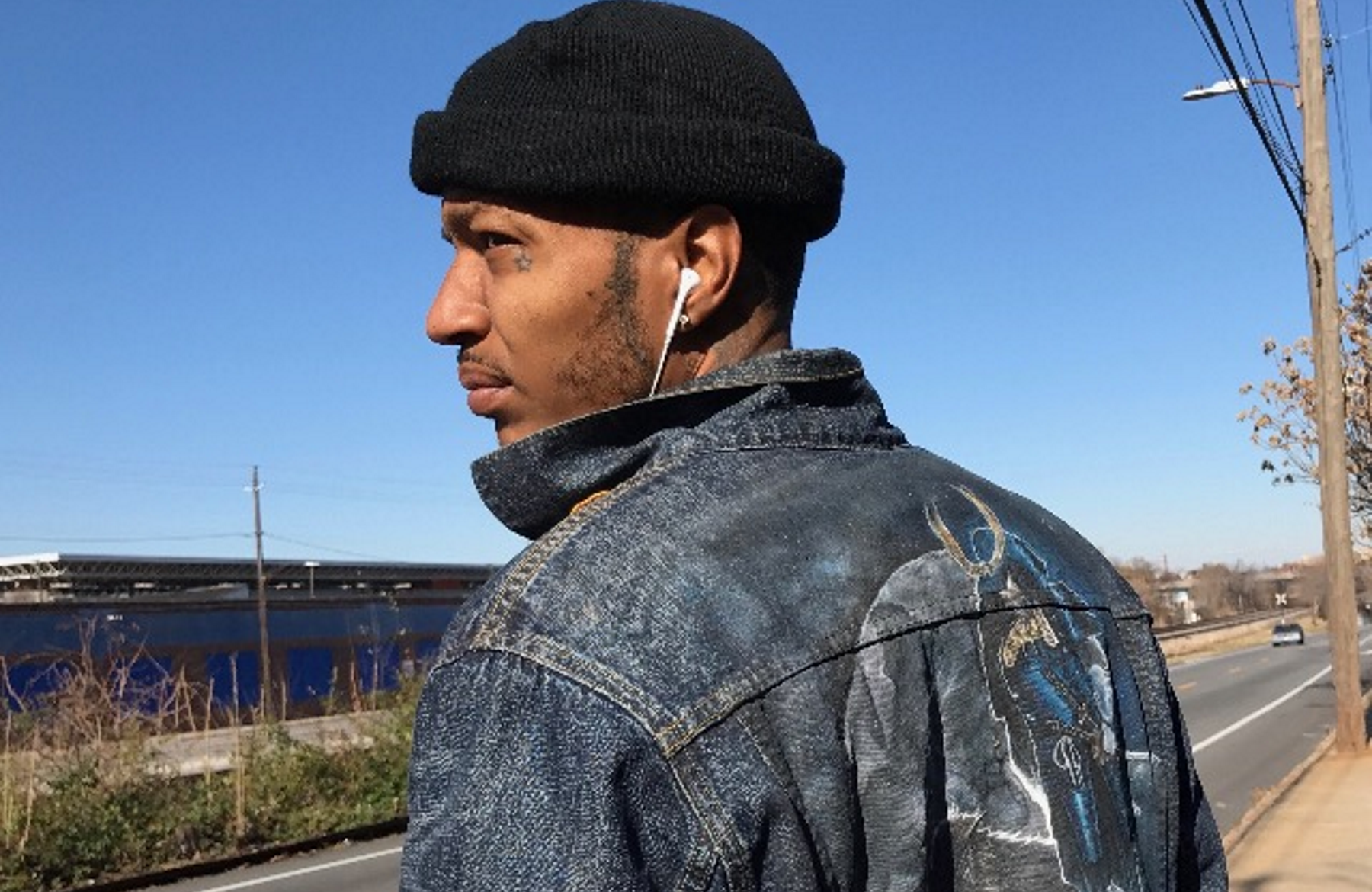
Tyree Smith, founder of the inaugural ARTlanta Fair, says he sees a renaissance taking place in Atlanta similar to what happened in Harlem in the 1920s and New York City in the ’80s.
Courtesy of ARTlanta
“We’re bringing Basquiat to the southside of Atlanta,” says an excited Tyree Smith, founder of the inaugural ARTlanta Fair taking place Thursday to Sunday at Fort McPherson.
Smith — who sits on several art boards such as the MARTA En Route Art Council, serves as VP chair of the Fort Mac Public Art Council and, most recently, was a jury panelist for Art on the BeltLine — decided to create ARTlanta when he noticed a renaissance taking place similar to what happened in Harlem in the 1920s and New York City in the ’80s.
“The hip-hop movement happening here, simultaneously with films being made, is really how the movement resembles the ’80s in New York City,” Smith says. “All the movies were being shot in New York, and now that’s happening in Atlanta.”
Smith is originally from Newark, New Jersey, and has called Atlanta home for more than 20 years.
He owns ARTlanta, an art gallery located at 1379 Bartow St. on Atlanta’s southside.
The gallery has attracted music industry heavyweights such as Janelle Monae and 2Chainz and became a safe haven for creatives, said Glenn Toby, founder of the Book Bank Foundation.
Toby, who is a longtime music industry friend of Smith’s, donated two Jean-Michel Basquiat pieces “Rinso” and “Per Capita” from Basquiat’s “Untitled Series I.” Toby says the loan is a way to contribute to the new movement in the South.
“I trust in his talents. Tyree has been doing this event for a while, and he reminds me of gallery owners in the ’70s, ’80s and ’90s,” Toby says. “He‘s a young purist. When you see these young purists, you want to be a part of the passion. He’s a lot like the old guard.”
Smith’s ARTlanta idea also attracted the attention of the Fort McPherson Local Redevelopment Authority, resulting in a collaboration that provided the space for the art fair. After seeing the life Smith has brought to the area near Metropolitan Avenue, the Fort McPherson LRA called on Smith to channel that same energy into the historic site.
“Fort McPherson approached us,” Smith says. “Tyler Perry bought 330 acres, but had to give 144 acres back to the city for redevelopment as they see fit for the community. They reached out and wanted to know if we could do what we’re doing on Metropolitan and bring that to Fort McPherson.”
The fair, described as “Art Basel meets Atlanta,” has garnered support from more than 50 local artists, including prominent Atlanta artists Fabian Williams, tattoo artist Miya Bailey and photographer Ebo Haze who will each have private studios at the four-day event.
There will be food trucks, vendors, carnival rides and panels to educate the community and local artists on how to invest in and monetize art. Smith says it’s important that the educational component be a part of the fair so artists can learn how to use their craft as an economic driver.
“For Atlanta, we have to create an economic system for art that is in other big cities like New York, Tokyo and L.A.,” Smith says. “We need to create that here so money can be made in Atlanta from Atlanta artists.”
Jeff Jaffe, owner of Pop International Galleries in New York City, one of the foremost pop art galleries in the world, will also sit on the panel. He decided to jump on board with the ARTlanta project when he was introduced to Smith through Toby. Jaffe, who represented iconic artists such as Andy Warhol and Bob Dylan, agrees that the Atlanta art boom is similar to what happened in New York City in the ’80s.
“I’ve come to know a little more about what’s going on in Atlanta. My gallery focuses on pop art, pop culture and street art, and, as a consequence, the street art blowing up around the world and in Atlanta is of great interest to me,” Jaffe says.
Artists such as Fabian Williams have gained national attention for their political statements on police violence against black men.
Jaffe appreciates how black artists are using their canvases to ignite change. As a Jewish South African, he is familiar with protest. Jaffe’s personal politics clashed with the ruling class, and he was arrested for fighting apartheid in South Africa.
Jaffe says in a place like Atlanta, those messages of resistance, understanding, and acceptance “are paramount.”
“When I came back to New York City where I opened my art studio, a lot of what I dealt with was resistance art or protest art — all the stuff we want to stand on the right side of history for,” Jaffe said. “In Atlanta, where I see similar trends of gentrification happening, where education is tougher for children of color and where opportunities for minorities definitely lack, there is a tie-in to where I‘ve been, where I come from and where I am today.”


